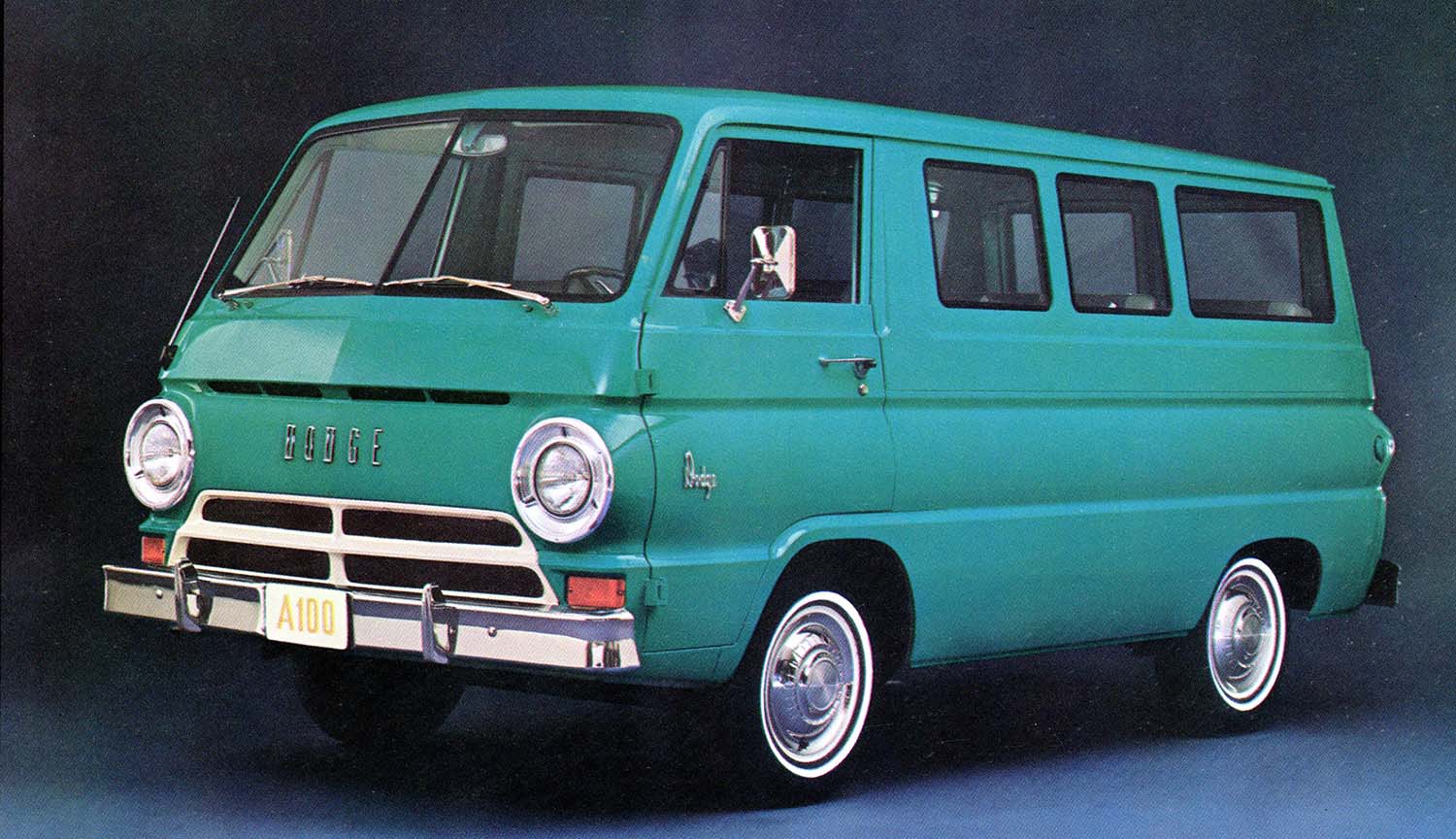
You see a lot of modern vans today, but their heritage traces back to some truly distinct machines. One vehicle that undeniably changed the game was the 1964 Dodge A100 Sportsman van. This van wasn’t merely another box on wheels; it was Dodge’s forward-thinking answer to the growing compact commercial vehicle craze. It adopted a cab-over-engine layout, placing the driver right above the front axle, and it maximized interior space in a way American buyers were quickly embracing. We should recognize the A100 for its simple, rugged practicality.
Pioneering the Forward Control Design
The early 1960s saw Detroit finally react to the European and Japanese compact van phenomenon. Ford introduced the Econoline in 1961, and Dodge followed quickly for the 1964 model year with the A100 series. This specific “forward control” design eliminated the traditional hood, effectively moving the engine inside the cabin, positioned between the front seats. Consequently, the wheelbase could be shorter while providing an excellent amount of usable interior room. The A100 Sportsman, the passenger-windowed version of this platform, offered maximum utility in a surprisingly compact package.
The Distinctive Look of the A100 Sportsman Van
Visually, the 1964 Dodge A100 Sportsman van is unmistakable, featuring a flat front face and a split windshield. Its blunt, snub-nosed profile contrasts sharply with the long hoods of traditional American trucks and cars. That design element became a cultural touchstone for the entire 1960s. The van’s simplicity and squared-off lines offered an open canvas for customization later in its life. However, in its original Sportsman trim, it was a handsome, functional vehicle designed for passenger and light-duty commercial work. The Sportsman version included windows all around, making it a true competitor to station wagons.
The Unibody Advantage and A-Body Platform
The Dodge A100 was built upon Chrysler’s stout A-body platform, using unibody construction. This means the body and chassis were one single welded unit, which contributes to its overall strength. This construction method was a significant engineering choice for a light commercial vehicle in that period. The unibody also helped lower the production costs and contributed to a more rigid structure than a typical body-on-frame truck. This innovative foundation gave the A100 a durability that many competitors struggled to match.
The Engine that Powered the 1964 Dodge A100 Sportsman Van
Chrysler’s engineering brilliance shines through with the engines available in the A100. The standard power plant was the legendary Slant-Six engine, famous for its longevity and tough build quality. This engine was perfect for a workhorse like the A100. Later in the production run, Dodge offered a V8 option, which gave it a unique edge in the compact van segment. That addition allowed the A100 to handle heavier loads or provide a more spirited driving experience when unladen.
Power and Performance Metrics
The base engine for the debut 1964 model year was the 170 cubic-inch Slant-Six. This robust inline-six delivered 101 horsepower and a strong torque rating, proving more than adequate for most commercial tasks. A buyer could also select the 225 cubic-inch Slant-Six, which increased power output to 145 horsepower. Both engines could be paired with either a three-speed manual transmission or the three-speed Torqueflite automatic. The A100’s compact dimensions and relatively low curb weight meant it felt nimble in city traffic. Furthermore, the availability of V8 power later on made the platform highly popular for performance modification, leading to racing legends like the famous “Little Red Wagon” exhibition drag truck.
A Legacy of Customization and Pop Culture
The A100’s short, boxy dimensions and accessible mechanics quickly turned it into a cult classic. Its distinctive appearance made it a favorite subject for customizers in the 1970s van craze. People converted these vans into everything from campers to highly personalized cruisers. Consequently, the A100 has appeared in numerous films and television shows, cementing its place in popular culture. The 1964 Dodge A100 Sportsman van remains an automotive icon, not just for its utility but for its role as a canvas for a generation’s expression.
The 1964 Dodge A100 Sportsman van represents a decisive moment in American light-truck history. Its bold, functional design and reliable Mopar powertrain offered a compelling alternative to its competitors. It effectively delivered a new kind of utility to the masses. Today, this van is celebrated by enthusiasts for its quirky charm and its permanent place in the automotive story of the sixties.
Disclaimer: Content on this site is for informational purposes only. Vehicle specs, pricing, and availability may change. Always verify details with official sources before making decisions. Opinions are those of the authors.
Source: Stellantis
